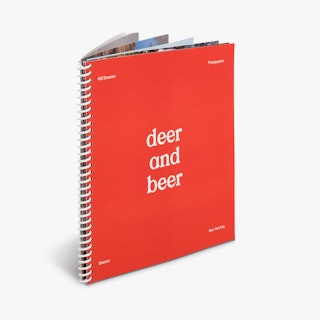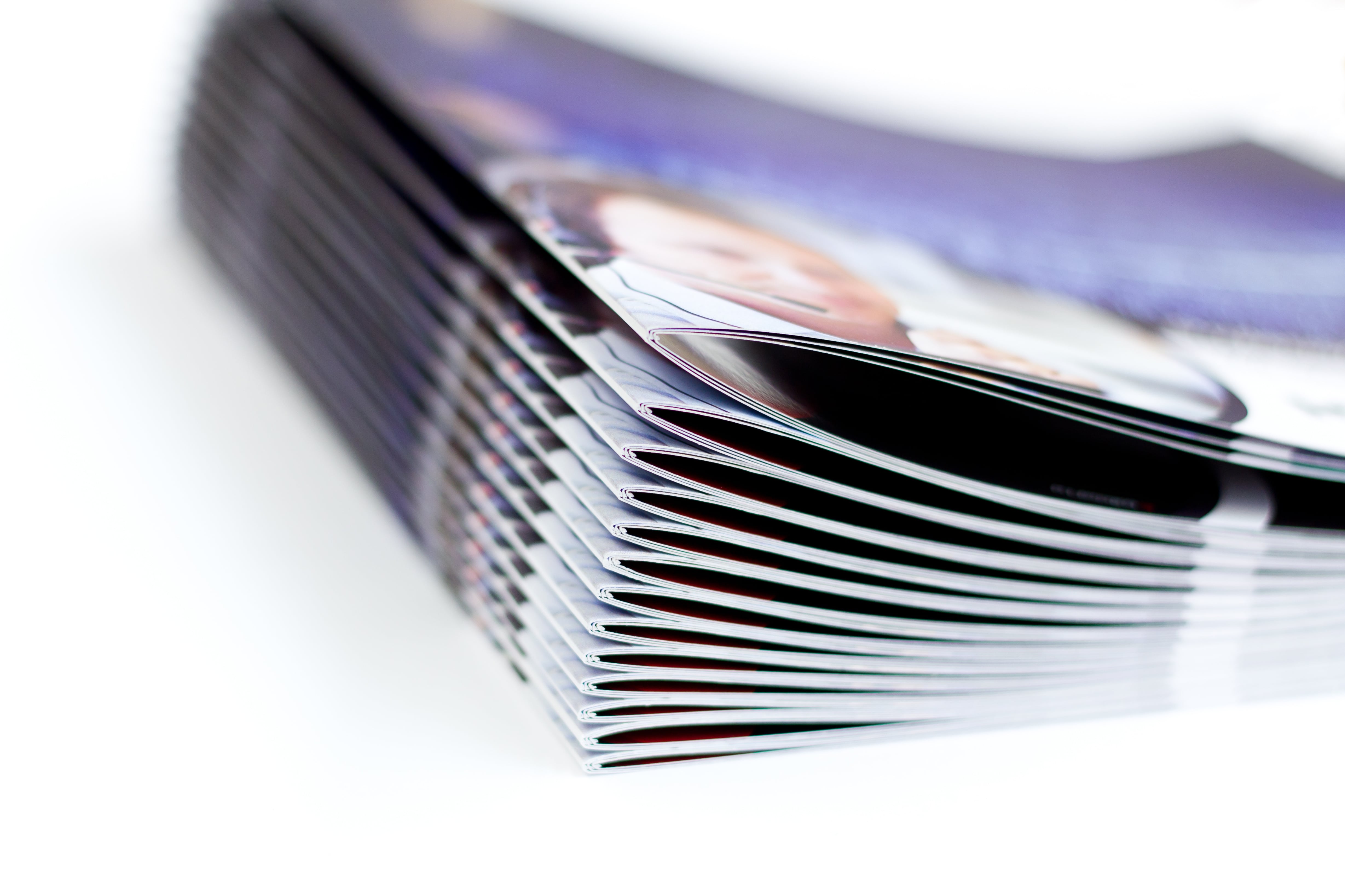The Vital Guide to Understanding Pamphlet Printing Options and Techniques
The procedure of brochure printing involves multiple factors to consider that can considerably affect the end product. From picking the proper format and dimension to comprehending the nuances of binding methods, each selection plays a necessary function. Additionally, variables such as paper stock and printing techniques more influence the effectiveness of the pamphlet. As one navigates these alternatives, it ends up being crucial to understand just how they interconnect and what that means for the total outcome.
Recognizing Brochure Formats and Dimensions
When considering brochure printing, understanding the numerous formats and dimensions available is necessary for achieving the wanted presentation. Brochures can be produced in many layouts, including saddle-stitched, spiral-bound, and perfect-bound, each offering distinctive advantages. Typical dimensions range from typical letter (8.5 x 11 inches) to smaller choices like A5 (5.8 x 8.3 inches), permitting versatility based upon content and target audience.Selecting the proper dimension can affect both the layout and reader engagement. Bigger dimensions might fit aesthetically driven content, while smaller layouts might be much more mobile and straightforward. Additionally, the number of web pages influences the choice of binding method, as thicker brochures might call for sturdier bindings. Ultimately, comprehending these elements enables a more tailored method, making sure that the last item straightens with the intended message and aesthetic, enhancing the general efficiency of the interaction.
Picking the Right Paper Supply

Binding Methods: Choices and Factors To Consider
When it pertains to binding approaches for booklets, a number of choices are readily available, each with distinct advantages. Saddle stitch binding provides a cost-efficient solution for thinner booklets, while ideal binding methods supply an even more sleek appearance for thicker publications. Wire-O binding stands out for its sturdiness and simplicity of usage, making it excellent for documents that require flexibility.
Saddle Stitch Binding
Saddle stitch binding provides a economical and sensible remedy for constructing pamphlets, making it a preferred selection amongst services and publishers. This binding technique includes folding sheets of paper in half and stapling them along the fold line, creating a cool and well organized appearance. Usually suitable for booklets with a reduced web page matter, saddle stitching is suitable for magazines, sales brochures, and training products. The simplicity of this technique permits fast manufacturing and is usually preferred for short runs or promotional items. Nonetheless, it is necessary to keep in mind that saddle stitch binding may not appropriate for thicker pamphlets, as the spinal column may not stand up under boosted weight. Generally, it remains a reliable alternative for lots of printing projects.
Perfect Binding Strategies
Perfect binding is a widely made use of method that gives a refined and professional surface to booklets and magazines. This approach includes gluing the web pages together at the back using a solid adhesive, enabling a clean side and the ability to hold a bigger variety of pages contrasted to saddle stitching. Perfect binding is especially ideal for thicker booklets, such as directories and annual reports, where a tough, flat spinal column is wanted. Additionally, it uses the option for a printed cover that can be made to enhance visual allure. However, considerations such as web page matter, paper weight, and the intended use of the brochure need to be thought about, as they can impact longevity and overall high quality.
Wire-O Binding Choices
Wire-O binding, understood for its toughness and adaptability, offers an outstanding choice for brochures that need very easy web page transforming and a specialist look. This binding approach uses a series of steel loops that hold pages safely, enabling them to lie flat when open. It is especially appropriate for magazines, guidebooks, and discussions because of its robust nature. Wire-O binding is available in numerous shades and sizes, fitting different web page matters and thicknesses. Additionally, it allows the incorporation of tabs and covers, improving the booklet's total visual. Considerations for Wire-O binding include the selection of cord color, the size of the loopholes, and the degree of customization desired, every one of which can exceptionally influence the last product's look and capability.
Digital vs. Offset Printing: Which Is Best for You?
When choosing a printing method for pamphlets, comprehending the differences in between digital and counter printing is necessary. Digital printing uses modern innovation to produce high-quality prints swiftly and affordably, making it ideal for brief runs or projects calling for quick turn-around times. It enables for customization, offering the capability to publish on-demand with minimal waste.In comparison, offset printing is a typical method that succeeds in producing huge quantities with constant quality. It includes moving ink from a plate to a rubber blanket, after that to the paper, which results in lively shades and precise information. Nonetheless, offset printing commonly requires longer configuration times and is extra affordable for bigger volumes.Ultimately, the selection between digital and counter printing depends on project demands, spending plan, and desired quantity. For tiny, time-sensitive projects, digital could be the most effective selection, while countered might be preferable for larger, premium manufacturings.

Creating Your Brochure: Tips and Finest Practices
When developing a booklet, careful focus to format, typeface choice, and color use can greatly boost its performance. A well-structured design guides the reader's eye, while appropriate typefaces ensure readability and convey the desired tone. In addition, efficient use color can stimulate emotions and highlight vital info, making the overall layout more impactful.
Picking the Right Layout
How can one effectively pick the best layout for Our site a pamphlet? It is necessary to assess the pamphlet's function and target audience. A tidy, organized layout improves readability and involvement. Making use of a grid system can help in straightening aspects consistently, producing a professional look. Additionally, integrating aesthetic pecking order via varying dimensions and placements of pictures and message can direct the viewers's eye and emphasize crucial information. It is likewise essential to leave adequate white room, which prevents overcrowding and enables better emphasis. Ultimately, evaluating various formats through mock-ups can supply understanding into exactly how the style performs in real-world situations, making sure that the end product satisfies both visual and useful demands.
Selecting Suitable Font Styles
A well-chosen font style can considerably boost the total layout of a pamphlet, matching the design and enhancing the web content's message. The option of typefaces need to take into consideration readability, specifically for body text, as it ensures the details is obtainable to all viewers. Sans-serif typefaces are often preferred for digital formats, while serif typefaces can offer a typical feeling in published materials. It's recommended to limit font choices to 2 or 3 to preserve visual coherence. Furthermore, font style size plays an important role; headings need to be not overwhelming yet unique, while body text should be comfy for analysis. When choosing fonts, placement with the brochure's style and target audience my site is crucial for reliable communication and visual allure.
Efficient Usage of Shade
Color functions as an effective device in brochure design, guiding and forming perceptions visitor feelings. It can evoke sensations of calmness, exhilaration, or trust, depending upon the tones selected. Designers need to consider color concept concepts, guaranteeing that the selected scheme aligns with the brochure's message and target market. Making use of cozy shades like red and orange can create urgency, while cooler tones like blue and eco-friendly foster tranquility.Additionally, comparison plays a vital role; complementary colors can improve readability and visual charm. Uniformity in shade use throughout web pages further reinforces brand name identification and communication. Inevitably, reliable shade execution not just records focus yet additionally enhances the pamphlet's function, making it a crucial aspect of effective layout.
Ending Up Touches: Coatings and Unique Impacts
While lots of think about the material and layout of a booklet the most critical components, the ending up touches, such as finishes and unique impacts, play an important role in enhancing its total charm. Coatings can offer protection and resilience, ensuring that the pamphlet stands up to deterioration. Matte finishes offer an innovative, non-reflective surface, while glossy layers can make shades appear even more appealing and vibrant. Unique impacts, like embossing or aluminum foil marking, add a responsive dimension that can develop an unforgettable impression. These strategies can highlight particular locations, accentuating crucial information or developing visual passion. Additionally, UV coating can supply a high-shine finish that boosts the overall look.Together, these ending up touches not only improve the booklet's visual yet likewise connect click to find out more expertise and attention to information, ultimately leaving a lasting effect on the viewers.
Expense Factors To Consider for Brochure Printing
Understanding the various expense factors to consider for brochure printing is crucial for companies and companies intending to optimize their budget plans. Trick factors influencing expenses consist of the choice of binding, ink, and paper approaches. Better materials, such as exceptional paper or specialized inks, typically enhance the general expenditure. In addition, the size and page count of the brochure play a substantial duty; bigger booklets require more resources and time to produce.Another essential consideration is the printing method, whether electronic or countered, as each has its very own rates framework and viability for various amounts. Organizations should also factor in design costs, which can vary based on complexity and making use of professional services. Ultimately, shipping and handling fees can include in the total amount, specifically for huge orders. By evaluating these elements, companies can make enlightened choices that line up with their monetary abilities while accomplishing the preferred quality in their printed products.
Regularly Asked Concerns
What Are the Environmental Impacts of Booklet Printing?
The ecological influences of brochure printing include deforestation from paper manufacturing, carbon discharges from transportation, and waste generation from discarded products - Booklet Printing. Lasting methods, such as making use of recycled paper and eco-friendly inks, can reduce these impacts
Exactly How Can I Make Certain Shade Precision in My Pamphlet?
To ensure color accuracy in a booklet, one ought to use calibrated screens, utilize professional shade profiles, conduct test prints, and select top quality printing services that use color matching and proofing alternatives for finest results.
What Is the Typical Turn-around Time for Brochure Printing?
The typical turn-around time for booklet printing differs depending on the intricacy and quantity - Booklet Printing. Usually, it varies from a couple of days to two weeks, affected by factors such as publishing methods and ending up requirements
Exist Minimum Order Quantities for Booklet Printing?

Can I Publish Pamphlets in Numerous Languages?
Printing booklets in multiple languages is possible. Lots of printing solutions supply options for bilingual or multilingual designs, enabling reliable interaction. Mindful preparation warranties that design elements accommodate different languages without jeopardizing readability or appearances. Additionally, factors such as paper stock and printing techniques further influence the effectiveness of the brochure. When taking into consideration booklet printing, comprehending the numerous formats and sizes offered is crucial for attaining the preferred presentation. When choosing a printing approach for booklets, comprehending the distinctions in between electronic and counter printing is essential. Furthermore, the size and web page matter of the brochure play a significant role; bigger brochures need more sources and time to produce.Another vital factor to consider is the printing method, whether digital or countered, as each has its own rates framework and suitability for different quantities. The environmental influences of brochure printing include deforestation from paper manufacturing, carbon discharges from transportation, and waste generation from thrown out materials.
Comments on “Exploring Industry Trends That Are Shaping the Future of Booklet Printing”